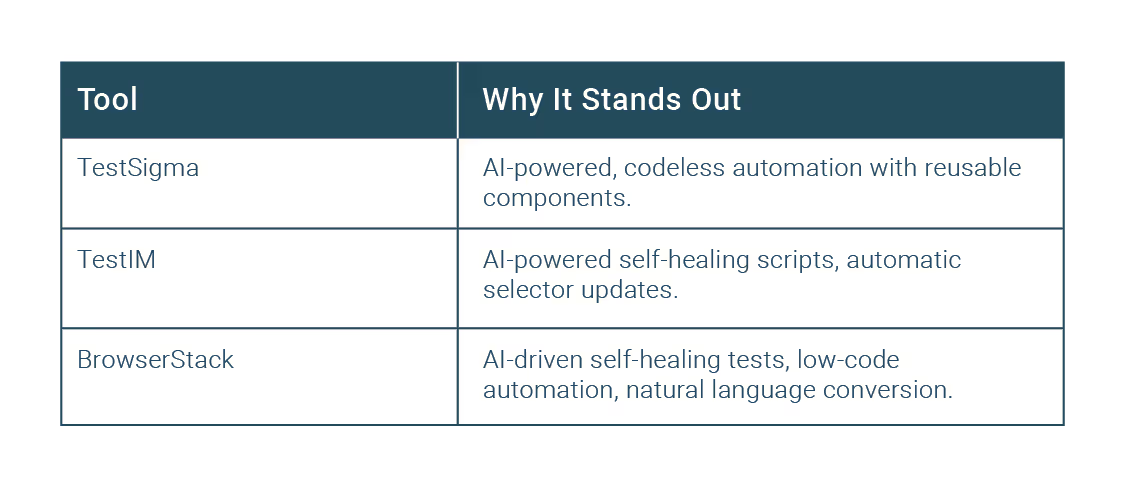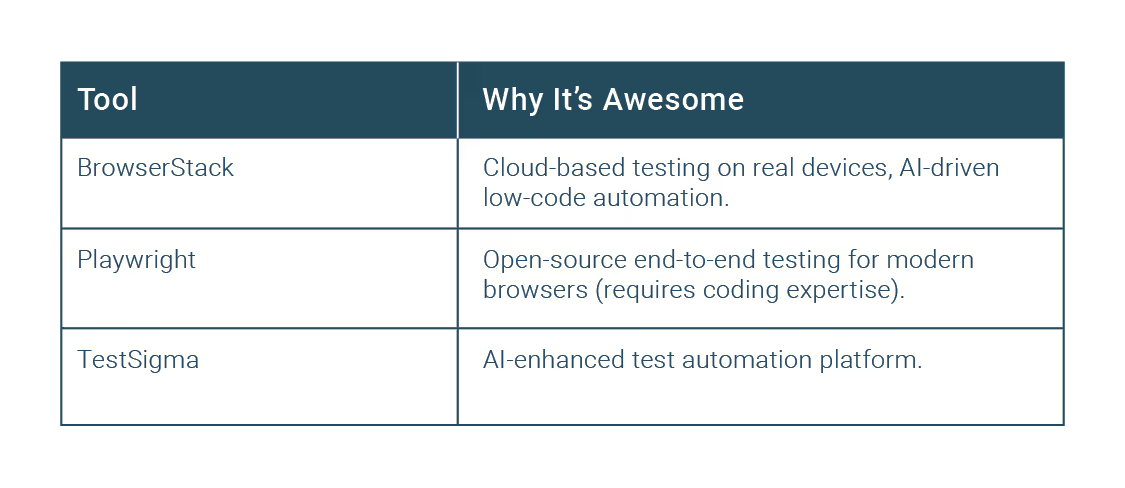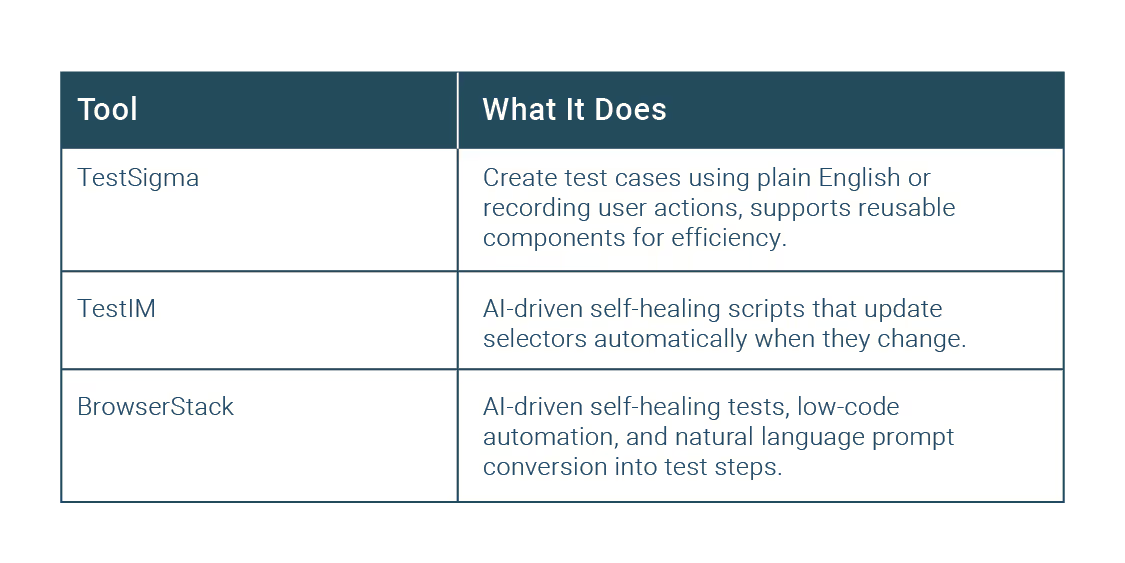
February 11, 2025
Let’s be honest—software testing has come a long way. Once a slow and tedious process, it's now one of the most exciting spaces in software development. Thanks to automation, we’re catching bugs earlier, releasing faster, and delivering better software without losing our sanity.
But here’s the deal: test automation is evolving fast. If you’re still relying on outdated methods, 2025 might leave you behind. The industry is shifting towards AI-driven solutions, early testing strategies, and smarter automation tools that don’t require a PhD in coding.
So, what’s next? Let’s explore the key trends that are shaping the future of test automation and how you can stay ahead.
AI isn’t just for chatbots and self-driving cars—it’s transforming test automation, making it faster, more adaptive, and way smarter. Instead of writing and maintaining countless test scripts, AI-driven tools learn and adapt as your application evolves.
How AI is Changing the Game
Tools Leading the AI Revolution

Consider the Costs
AI-driven test automation tools often require subscription models, tokens, or pay-per-use pricing, which can become costly over time. If cost is a major factor, consider open-source solutions like Playwright, which is free but requires software engineers with coding expertise to implement and maintain.
Another alternative is using local no-code automation tools, but keep in mind how your application will evolve—investing in scalable solutions is crucial for long-term success.
The Takeaway
AI is making test automation less of a headache. If you haven’t started exploring AI-driven tools, now’s the time.
Remember when testing happened at the very end of development? That’s old news. Shift-left testing moves testing earlier in the process, so you catch issues before they cause real trouble.
Why It Matters
How to Shift Left
Pro Tip: Testing earlier doesn’t mean more work—it means less fixing later. Shift left and thank yourself later.
Your users are everywhere—on different devices, browsers, and operating systems. Your software should work everywhere too. That’s where cross-browser and cross-platform testing comes in.
The Challenge
Best Tools for the Job

Don’t assume your app “just works.” Test it everywhere and avoid unexpected surprises.
Test automation isn’t just for developers anymore. With low-code and no-code tools, even non-technical team members can create and run tests.
Why This is Huge
Top No-Code Test Automation Tools

If writing test scripts sounds intimidating, these tools are a game-changer.
Test automation is evolving faster than ever. AI, shift-left strategies, and no-code tools are making testing smarter, faster, and more accessible for everyone.
So, what should you do?
